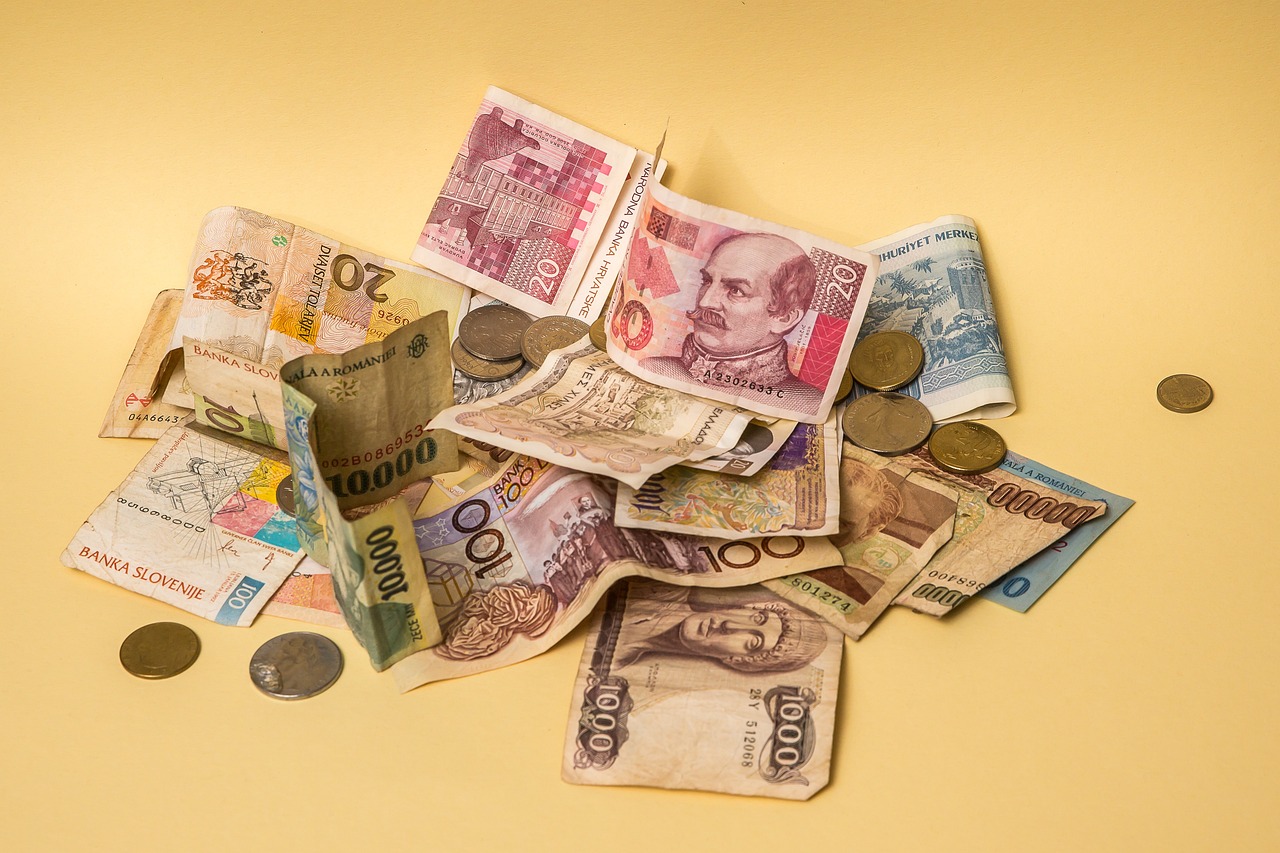US Dollar in Nepal: Exchange Rates, Conversion Tips, and Government Control Over the Last Decade
GPT_Global - 2025-10-21 05:30:12.0 90
Can I use US dollars directly in Nepal, or do I need to convert them to Nepali Rupees?
When sending money to Nepal, many people wonder whether US dollars can be used directly or if conversion to Nepali Rupees (NPR) is necessary. While it’s true that some businesses in Nepal may accept US dollars, it’s important to understand that the official currency of Nepal is the Nepali Rupee (NPR).
Generally, for everyday transactions such as paying for goods, services, or local bills, you will need to convert your US dollars into Nepali Rupees. Banks and money exchange services throughout Nepal can help with this conversion, though rates can vary. It’s also worth noting that exchanging money at a local exchange booth may yield a better rate than exchanging at a bank.
For remittance businesses, it is crucial to ensure that your transfer is made in Nepali Rupees for the recipient's convenience. This will help them avoid the hassle of converting USD and ensure they receive the full value of the remittance. Using a reliable remittance service that supports currency conversion can simplify the process for both the sender and the recipient.

What is the best way to convert 1 dollar to Nepali Rupees while traveling in Nepal?
When traveling in Nepal, finding the best way to convert 1 US dollar to Nepali Rupees can make a big difference in how much value you get for your money. The exchange rate often fluctuates, so it’s important to compare rates before converting your currency. Generally, 1 USD equals around 130 to 135 Nepali Rupees, depending on the day and exchange service.
One of the most reliable options for currency exchange in Nepal is to use authorized money changers or reputable banks. These providers ensure transparency, provide receipts, and offer competitive rates compared to hotels or street exchangers. However, for larger sums or remittance purposes, using trusted remittance services like Prabhu Money Transfer or IME Remit can be more beneficial due to their strong network and secure transactions.
For travelers, digital wallets and online remittance platforms are also gaining popularity. They allow instant transfer from your home country to Nepal at favorable rates and lower fees. Always compare exchange rates and service charges before converting your dollars to Nepali Rupees to get the best possible value during your trip.
How does the value of 1 dollar in Nepali Rupees affect the cost of living in Nepal?
Understanding how the value of 1 dollar in Nepali Rupees impacts the cost of living in Nepal is crucial for both locals and remittance businesses. Nepal, with its economy largely dependent on remittances, sees fluctuations in the exchange rate directly influencing the purchasing power of its citizens.
When the value of the US dollar rises against the Nepali Rupee, the amount of Nepali Rupees received from remittances increases. This results in more purchasing power for recipients, helping them cover daily expenses, pay for education, healthcare, and more. On the flip side, if the dollar weakens, the amount sent home is worth less, reducing the financial relief provided by overseas workers.
For remittance businesses, understanding these fluctuations is essential. They must adjust their services to offer competitive rates and help both senders and receivers manage the changing economic environment. A stable exchange rate also builds trust, encouraging more remittance activity, which benefits Nepal's economy as a whole.
Overall, the exchange rate between the US dollar and the Nepali Rupee plays a pivotal role in shaping the cost of living in Nepal and the effectiveness of remittance services.
How does the Nepali government control the exchange rate of 1 dollar?
The Nepali government plays a significant role in controlling the exchange rate of 1 US dollar to maintain economic stability. The central authority, Nepal Rastra Bank (NRB), implements policies that influence the currency exchange rates, including setting the official rates and managing foreign exchange reserves.
To maintain control over the exchange rate, the NRB frequently intervenes in the foreign exchange market by buying and selling US dollars. This action helps prevent sharp fluctuations that could harm the economy. Furthermore, the government regulates the remittance sector, as a large portion of Nepal's foreign exchange income comes from remittances sent by Nepali workers abroad.
The government ensures the stability of the exchange rate through remittance channels, encouraging remitters to send money through authorized financial institutions. These measures allow the NRB to control the dollar supply and maintain a favorable exchange rate for the country's imports and exports.
For remittance businesses, understanding these controls is essential. The exchange rate directly impacts the value of the remitted funds, and any fluctuations can affect the amount recipients in Nepal receive. As such, remittance businesses must stay updated on government policies to provide the best service to their clients.
What was the lowest value of 1 dollar in Nepali Rupees in the last 10 years?
The exchange rate between the US dollar and Nepali Rupee (NPR) has seen fluctuations over the past decade, with several factors influencing the value of the dollar. In the last 10 years, the lowest value of 1 US dollar in Nepali Rupees occurred in 2015, when it reached approximately NPR 95.5. This was significantly lower than the rates observed in previous years and posed challenges for both importers and consumers in Nepal.
For the remittance business, such shifts in exchange rates are critical. Nepali workers abroad often send money back home, and any depreciation of the Nepali Rupee against the US dollar directly impacts the value of remittances received. When the dollar value is lower, recipients get fewer Rupees for each dollar sent, which can create financial strain for families depending on these funds.
Understanding these fluctuations is essential for both individuals and businesses involved in remittance services. Remittance companies need to stay informed about exchange rate trends to provide accurate and competitive services to customers. By anticipating changes in the dollar value, they can offer better rates and improve customer satisfaction, ensuring financial stability for families in Nepal.
About Panda Remit
Panda Remit is committed to providing global users with more convenient, safe, reliable, and affordable online cross-border remittance services。
International remittance services from more than 30 countries/regions around the world are now available: including Japan, Hong Kong, Europe, the United States, Australia, and other markets, and are recognized and trusted by millions of users around the world.
Visit Panda Remit Official Website or Download PandaRemit App, to learn more about remittance info.

